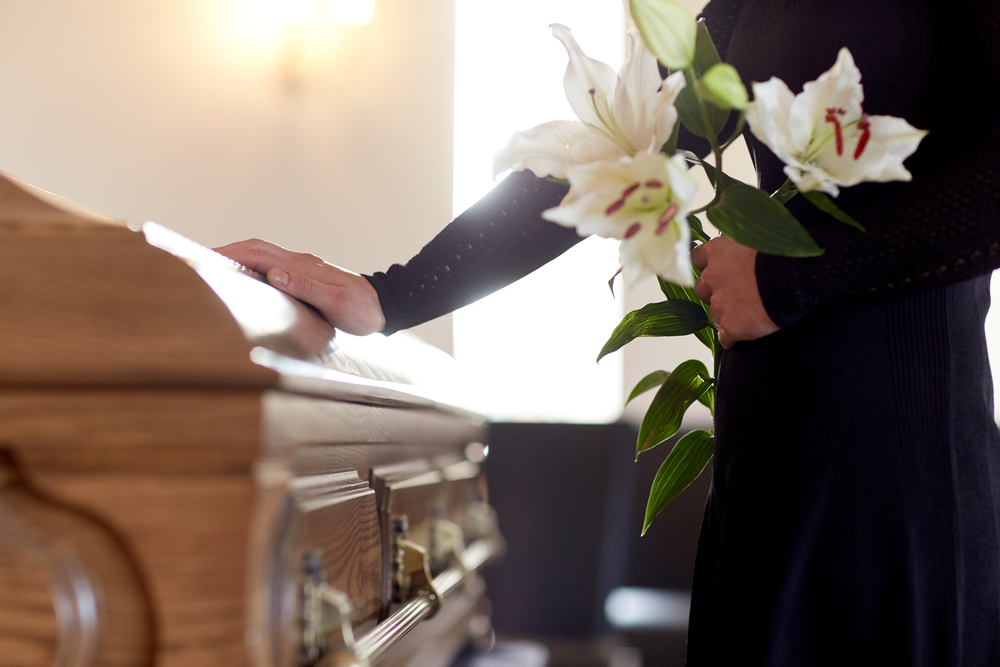You can receive compensation for damages if you have lost a family member, such as a parent, sibling, grandchild, or child under the Family Law Act as a result of an accident. This is for the loss of care, guidance, and companionship of the lost loved one and for the loss of dependency of that lost loved one.
Before the summer of this year, the highest someone can receive for compensation for the loss of care, guidance, and companionship is $100,000.00 adjusted for inflation as per the Court of Appeal’s prior decision in v. Toronto Board of Education, (2001), 204 DLR (4th) 704 (Ont CA).
However, the Court of Appeal in Moore v. 7595611 Canada Corp., 2021 ONCA 459, recently upheld a jury award for damages for loss of care, guidance and companionship (among other heads of damages) awarded to the parents of an adult child killed in a fire. The award for loss of care, guidance and companionship, in this case, was significantly higher than the previous ceiling on these damages.
Background & Trial Outcome
The Moore case dealt with a fire that broke out in a basement apartment in 2013 that was owned by the appellants, in which the respondents’ only child, Alisha, the tenant of the apartment, was sleeping. Alisha was trapped in the fire as the only exit was blocked by smoke and fire.
Alisha was rescued by firefighters, however, she suffered significant burns over half her body. At the hospital, Alisha had multiple cardiac arrests. A scan confirmed that she had no brain activity, Alisha’s parents had to remove her from life support.
At trial, the jury found that the appellants were responsible for Alisha’s death. The jury held that the appellants’ failed to properly prepare, approve and implement a safety plan for the building; they failed to maintain operational smoke alarms, and they failed to provide sufficient exits for the premises. The jury awarded the following damages:
- Loss of care, guidance and companionship - $250,000 to each respondent
- Mental distress - $250,000 to each respondent
- Future care costs – respondent father - $174,800
- Future care costs – respondent mother - $151,200
Appeal
The appellants appealed the decision.
One of their arguments was that the various damages awards were too high.
The Court of Appeal rejected all arguments of the appellant.
Of particular note, damages for mental distress and nervous shock now are not only confined to witnesses the traumatic event at the scene. It now extends to a later event of suffering. In relation to the damages awarded for mental distress, the Court held that the claim was rooted in more than just the grief experienced by the respondents. Rather, the damages reflected compensation for psychological injuries not only due to Alisha’s death but also due to the horrific circumstances surrounding it, witnessed by the respondents.
In relation to the damages awarded for future care costs, again the Court held that the awards were predicated on expert evidence at trial and, indeed, were lower than the amounts that had been suggested by the experts in relation to both parents’ claims for future care.
The Court of Appeal considered the damages awarded for loss of care, guidance and companionship to each of the respondent parents, given the Court’s previous decision in To, which established that $100,000 adjusted for inflation might represent the “high end of an accepted range of guidance, care and companionship damages.” On the basis of the $100,000 from To, adjusting for inflation to the date of Alisha’s death in 2013, the amount would be just under $150,000.
The Court of Appeal held that the language in To does not definitively state that $100,000 (adjusted for inflation) is the high end of acceptable damages for loss of care, guidance and companionship. Rather, the language is simply that the figure “might be viewed” as being the high end of an accepted range.
The Court of Appeal stated that there is no legislative cap on such damages (unlike in some other provinces), and also no judge-made cap for this form of non-pecuniary damages. There should be a case-by-case approach to the quantification of damages for loss of care, guidance and companionship, which will result in fluctuating awards.
The threshold for intervention in the quantum of a jury’s damages award is “extremely high”. In the context of non-pecuniary damages, an appellate court should only intervene with a jury’s assessment where it “shock the conscience of the court.” In To, the jury’s assessment “must be so inordinately high (or low) as to constitute a wholly erroneous estimate of the guidance, care and companionship loss”.
Taking into consideration the facts of the Moore case, although the jury award was high, the Court of Appeal held that it did not meet the high threshold to warrant intervention and, as such, there was no basis to interfere with the award of $250,000 for loss of care, guidance and companionship to each of the respondents.
The award for damages for loss of care, guidance and companionship in the Moore case marks a significant departure from the previous upper limit for such damages, as guided by To and relied upon for the last 20 years. The Court of Appeal now in the Moore case leaves open the possibility that there is no upper limit.
If your loved one has died in an accident or know of someone who has suffered the loss of a loved one who has died in an accident, please contact the team at JEWELL RADIMISIS JORGE LLP for a free consultation.


